
Ocean explorers have made an inventory of the ocean species that are hardest to see, yet together underpin almost all other life on Earth. The study has been carried out as part of the Census of Marine Life, a huge 10-year project involving researchers in more than 80 nations that aims to chart the diversity, distribution and abundance of life in the oceans
Photograph: D. J. Patterson, L Amaral-Zettler, M. Peglar and T. Nerad/MBL
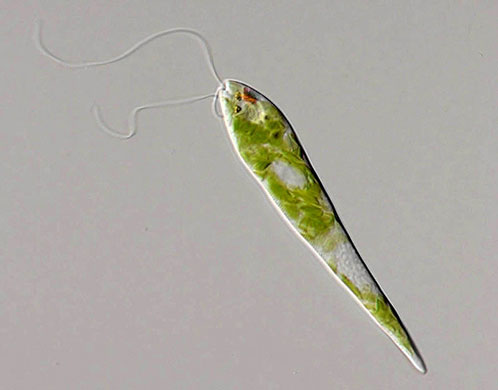
Scientists say that identifying species within these hard-to-see groups, where they are and in what numbers, and the environmental role of each, is critical for understanding the size, dynamics and stability of Earth's food chain, carbon cycle and other issues
Photograph: D. J. Patterson, L. Amaral-Zettler and V. Edgcomb/MBL
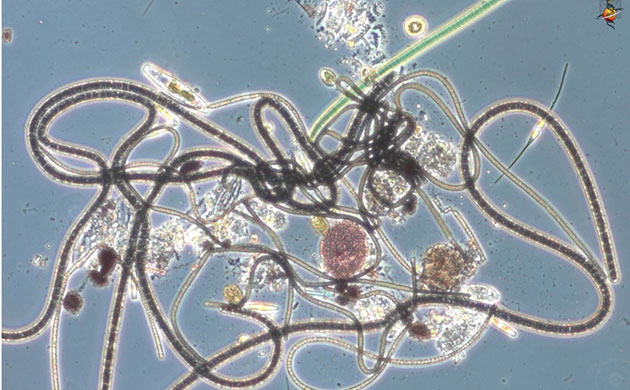
Photograph: D. J. Patterson, L. Amaral-Zettler and V. Edgcomb/MBL
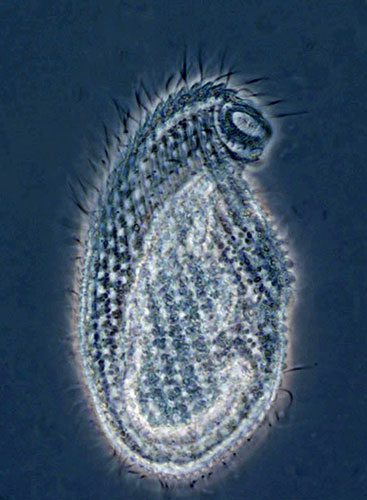
Photograph: D. J. Patterson, L. Amaral-Zettler and V. Edgcomb/MBL
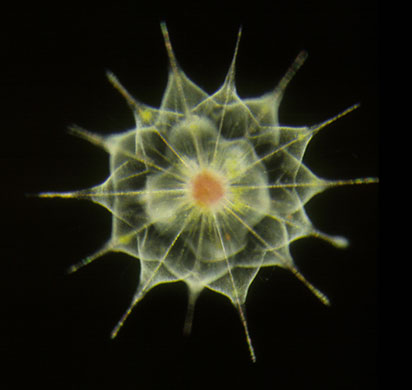
Photograph: MBL
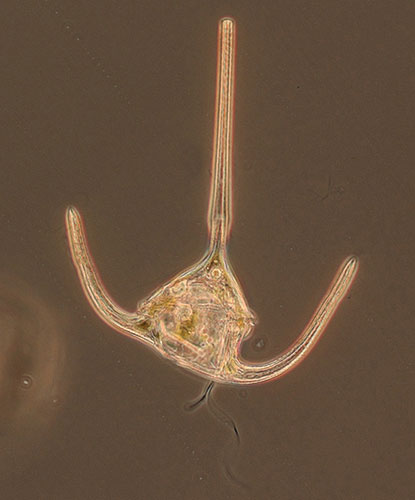
Photograph: David Patterson, Linda Amaral Zettler, Mike Peglar and Tom Nerad/MBL
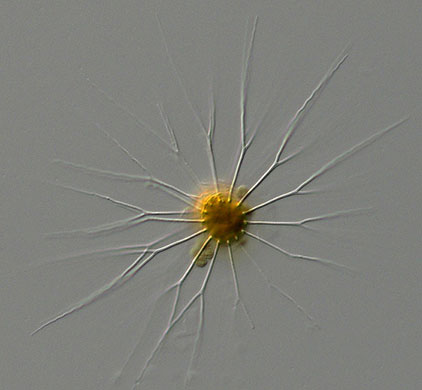
Photograph: J. Cole/MBL
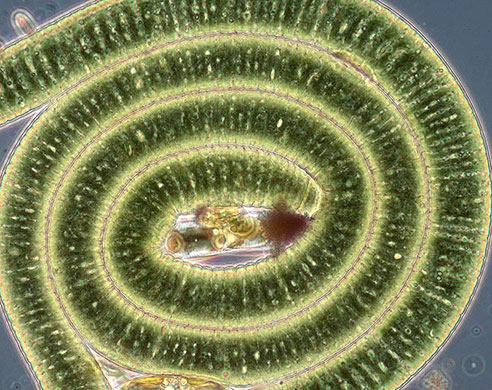
Photograph: D. J. Patterson, L. Amaral-Zettler and V. Edgcomb/MBL
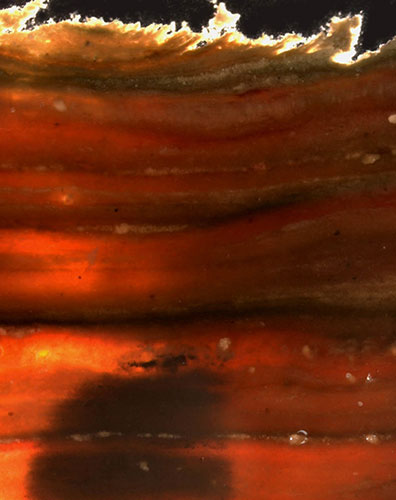
Photograph: D. J. Patterson/MBL
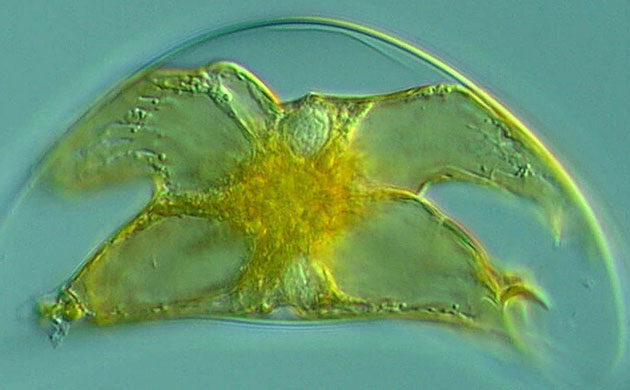
Photograph: Bob Andersen and D. J. Patterson/MBL
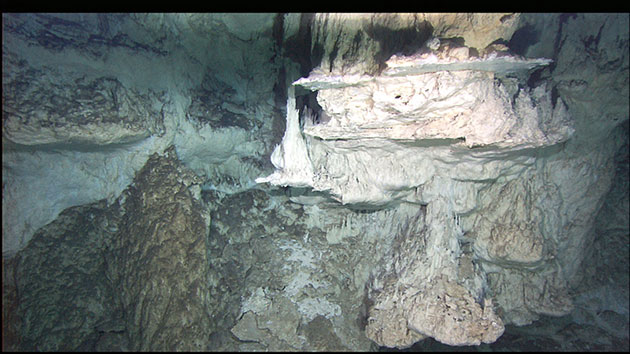
Photograph: NOAA/MBL
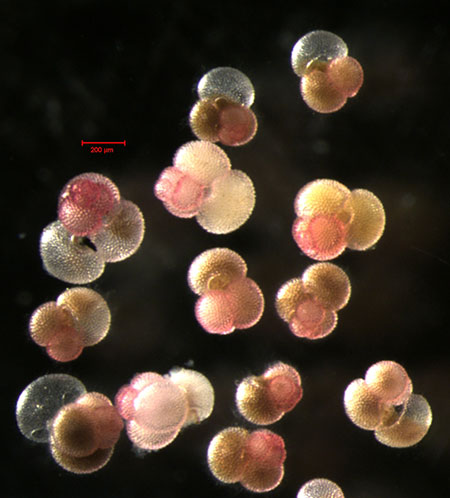
Photograph: Colomban de Vargas, EPPO/SBRoscoff/MBL
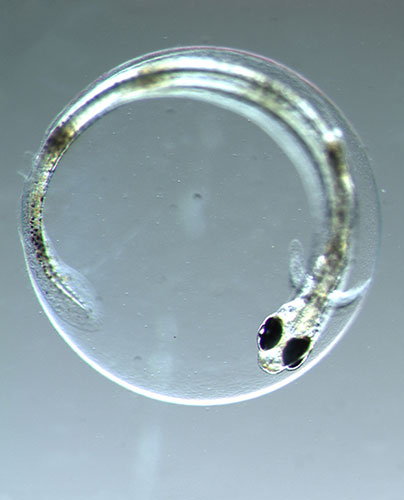
Photograph: Russ Hopcroft/UAF/CoML/MBL

Photograph: Russ Hopcroft/UAF/CMarZ/MBL
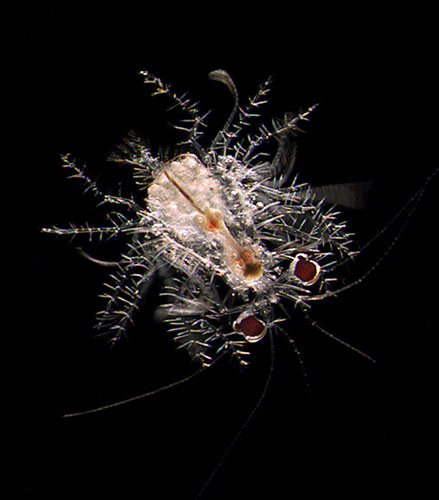
Photograph: Cheryl Clarke-Hopcroft/UAF/MBL
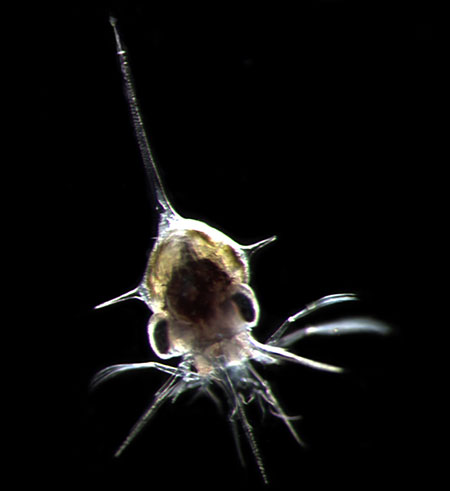
Photograph: Russ Hopcroft/UAF/CoML/MBL
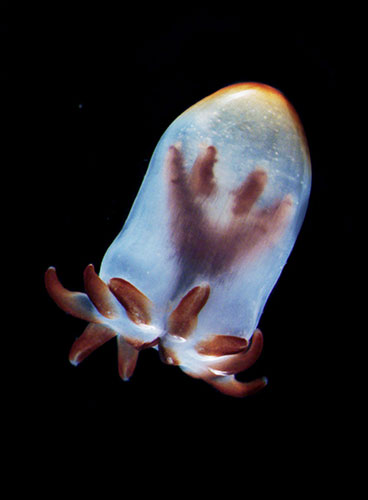
Photograph: Cheryl Clarke-Hopcroft/UAF/CMarZ/MBL
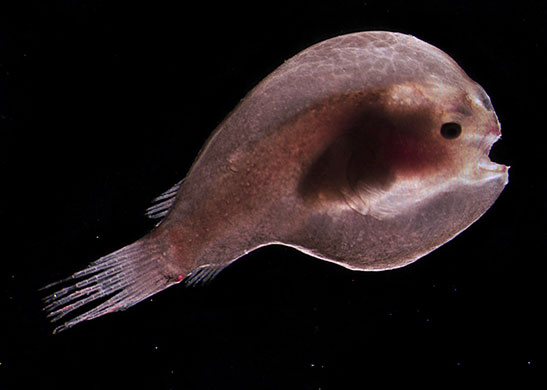
Photograph: Cheryl Clarke-Hopcroft/UAF/CMarz/MBL
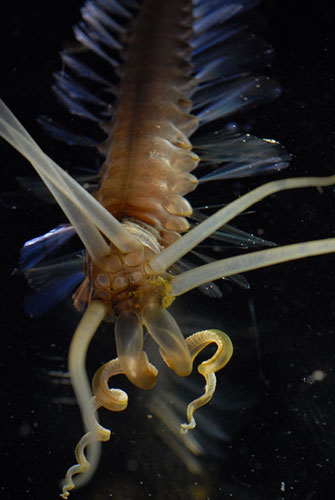
Photograph: L. Madin/WHOI/MBL
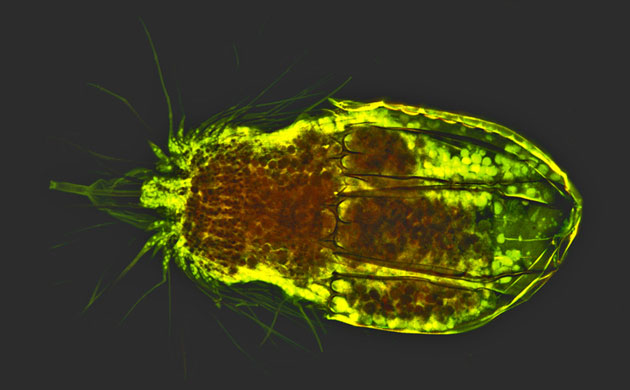
Photograph: Gunnar Gad, Marco Büntzow, Deutsches Zentrum für Marine Biodiversitätsforschung/German Centre for Marine Biodiversity Research,/MBL
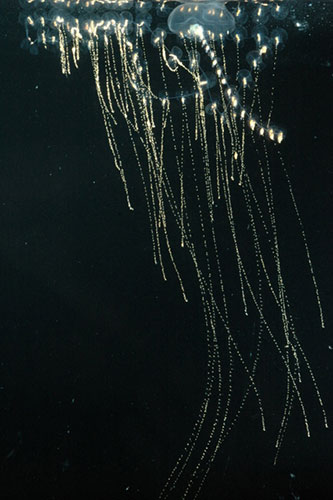
Photograph: L. Madin/WHOI/MBL







